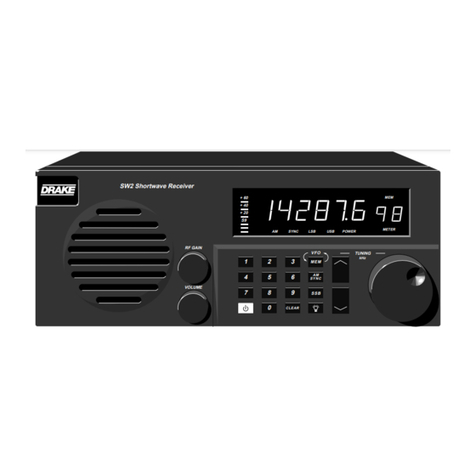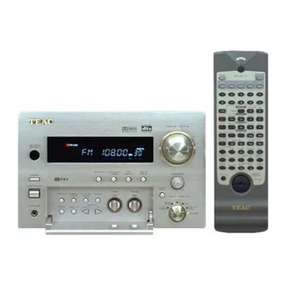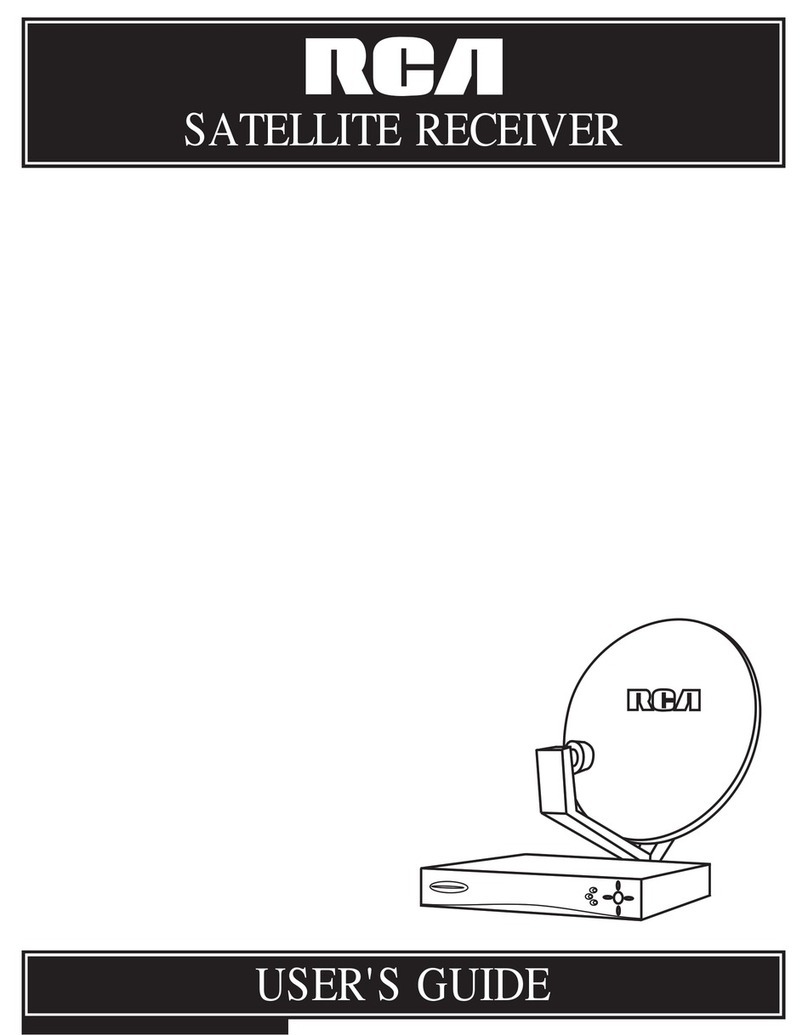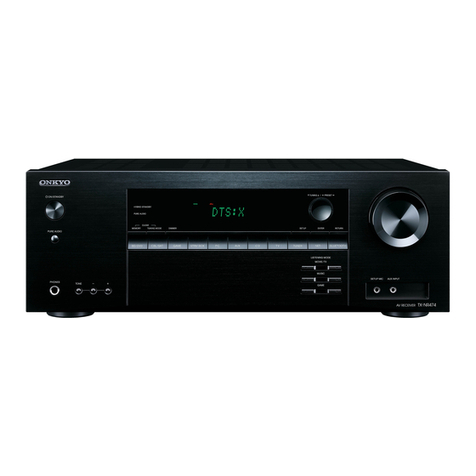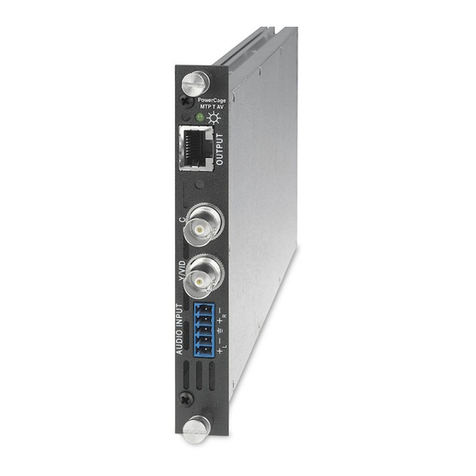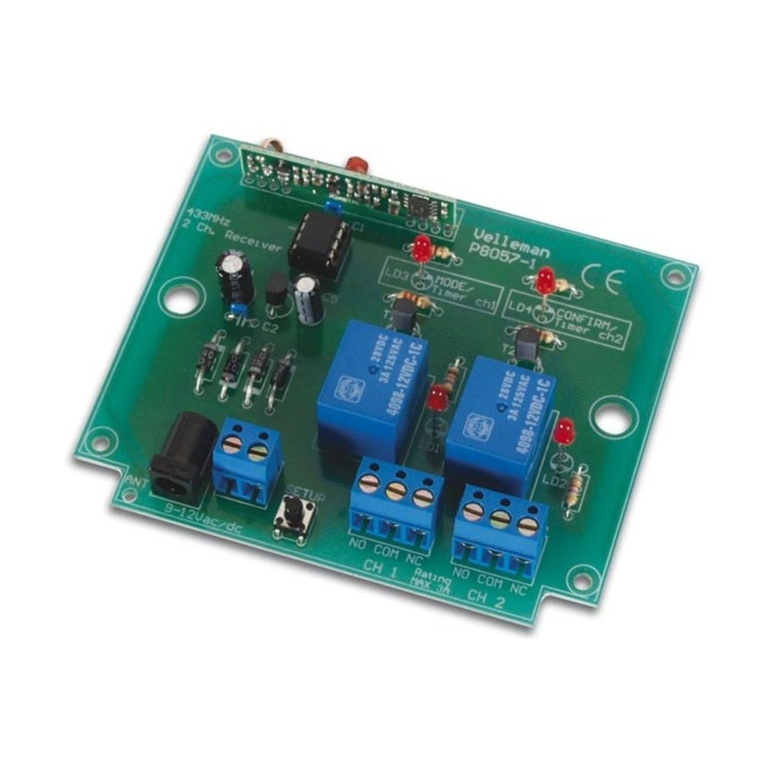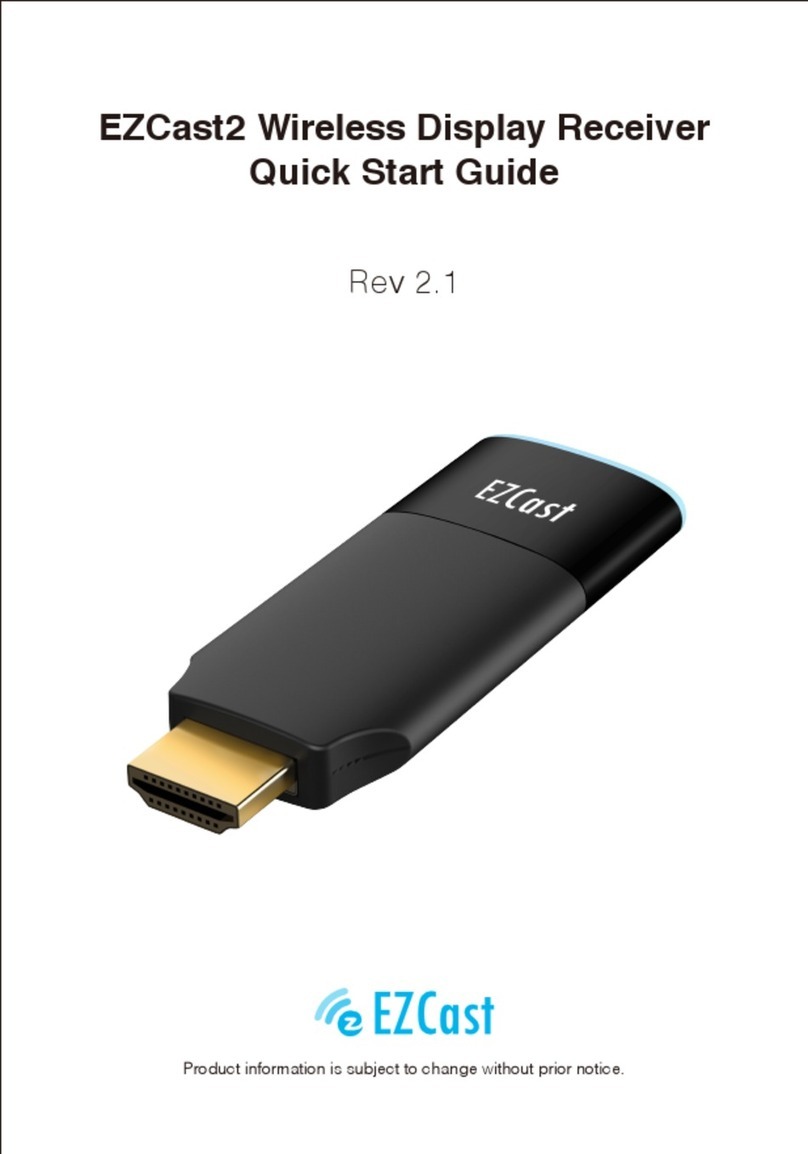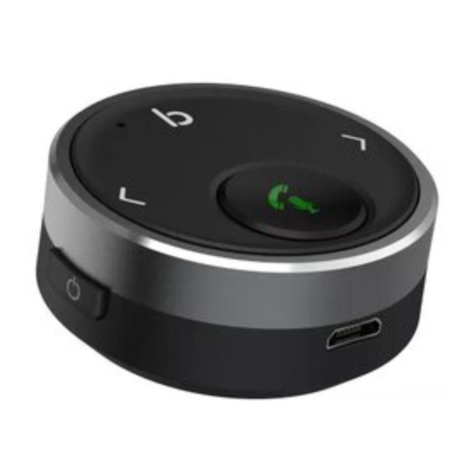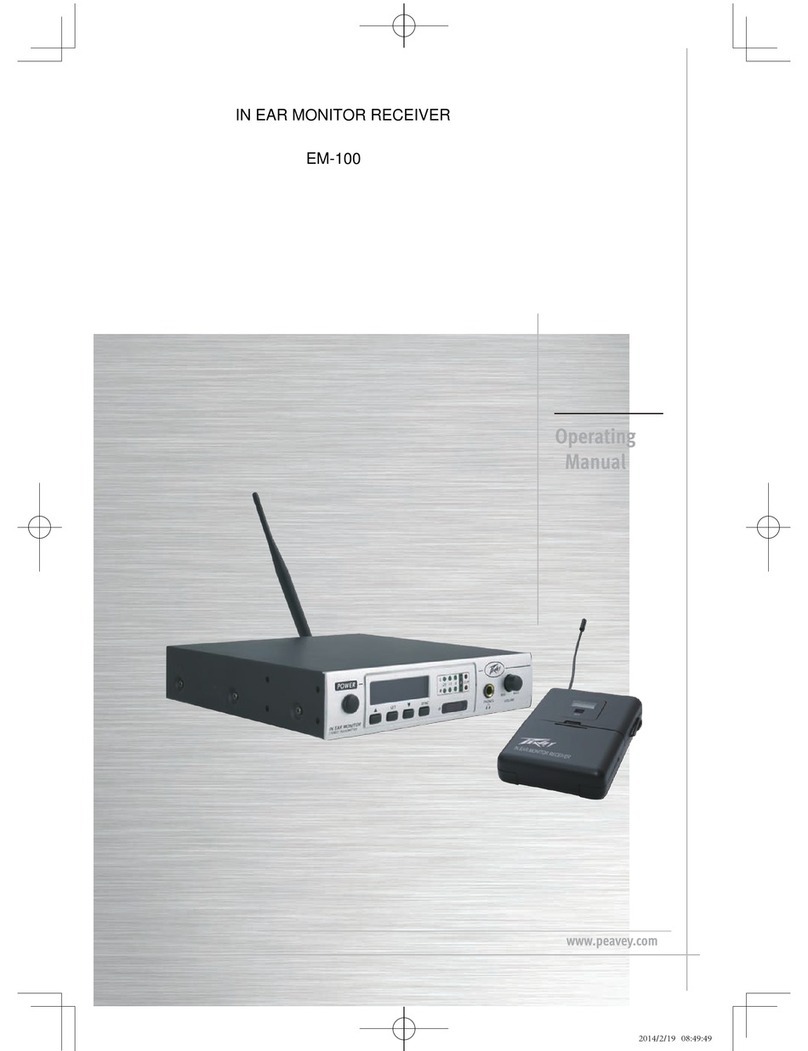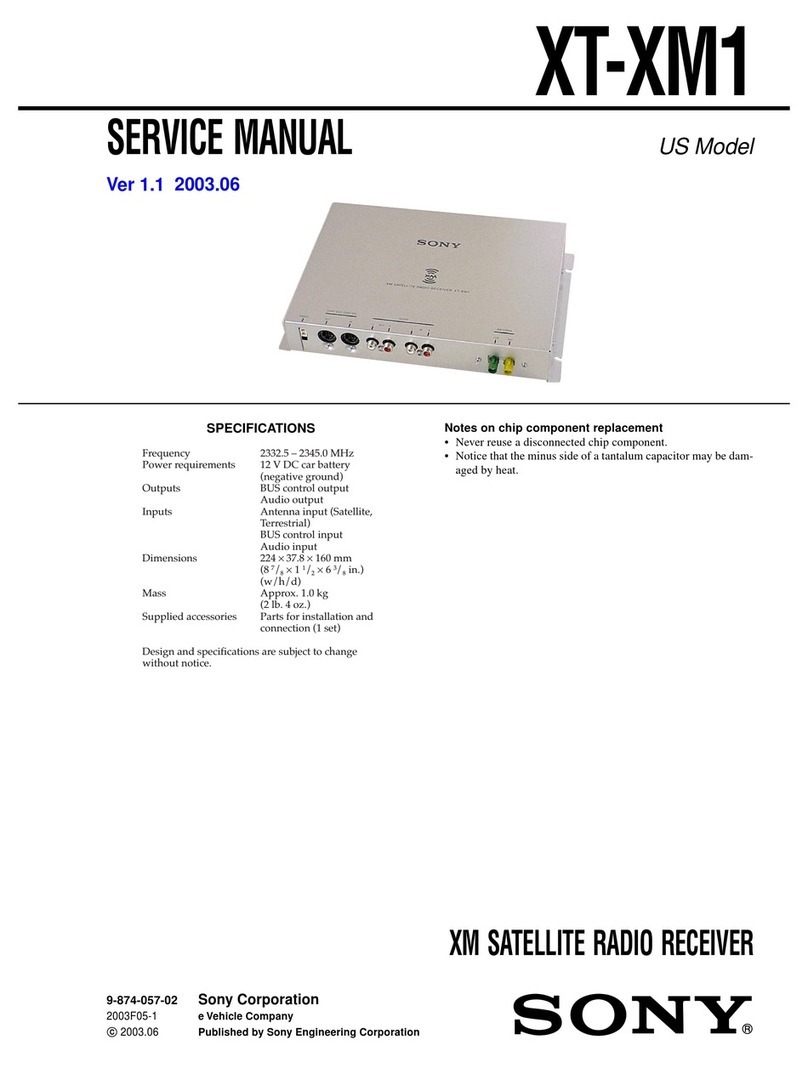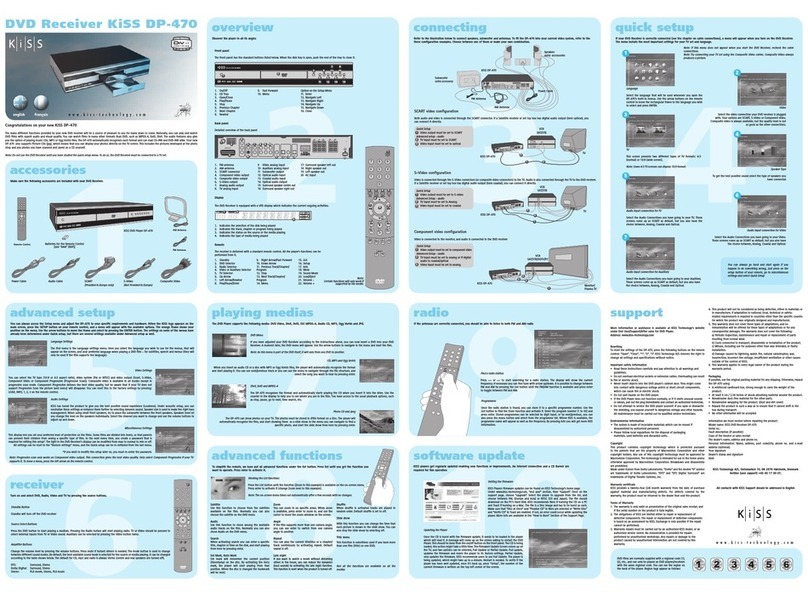Settop M1 User manual

Settop
M1
USER MANUAL
v
.2 (
M
a
rch
2018
)

SETTOPSURVEY, S.L. Bofarull 14, 08027 Barcelona (Spain) Phone: (+34) 93 340 05 73 Fax: (+34) 93 351 95 18 www.settopsurvey.com info@settopsurvey.com
2
Index
ABOUT SETTOP M1......................................................................................................................................... 4
RECEIVER FUNCTIONS .................................................................................................................................. 5
FEATURES AND SPECIFICATIONS SETTOP M1.......................................................................................... 6
GPS/GNSS................................................................................................................................................. 6
COMMUNICATIONS .................................................................................................................................. 7
COMMUNICATION PORTS....................................................................................................................... 7
ELECTRICAL AND OPERATING REQUIREMENTS ................................................................................ 8
SIZE AND WEIGHT.................................................................................................................................... 8
SCHEME SETTOP M1...................................................................................................................................... 9
F
RONT
V
IEW
.................................................................................................................................................... 9
B
ACK
V
IEW
.................................................................................................................................................... 12
U
PPER
V
IEW
.................................................................................................................................................. 13
RECEIVER INSTALLATION ........................................................................................................................... 14
W
EATHER CONDITIONS
................................................................................................................................... 14
E
XTERNAL
A
NTENNA LOCATION
....................................................................................................................... 14
BATTERIES AND POWER ............................................................................................................................. 15
P
OWERING TO
S
ETTOP
M1 ............................................................................................................................. 15
P
OWERING TO OTHER DEVICES
........................................................................................................................ 16
CONFIGURING THE RECEIVER ................................................................................................................... 17
D
EFAULT SETTINGS
........................................................................................................................................ 17
T
URN ON
S
ETTOP
M1 ..................................................................................................................................... 18
Configuring via Wi-Fi ................................................................................................................................ 18
Configuring via PHONE............................................................................................................................ 18
S
OURCES OF ELECTRICAL INTERFERENCE
........................................................................................................ 19
C
ONFIGURING THE RECEIVER USING WEB INTERFACE
....................................................................................... 20
System Status .......................................................................................................................................... 21
System configuration ................................................................................................................................ 23
APPENDIX I - EXAMPLES OF CONFIGURATION........................................................................................ 46
S
IMPLE
B
ASE
M
ODE
....................................................................................................................................... 47
R
OVER
M
ODE
................................................................................................................................................ 49
R
EFERENCE
B
ASE FOR INFRASTRUCTURE MODE
.............................................................................................. 52
M
ARITIME
J
OBS
M
ODE
.................................................................................................................................... 55
C
ONTROL
C
ENTER
M
ONITORING
/
M
ONITORING
M
ODE
..................................................................................... 57
C
ENTRE
M
ODE
C
ONTROL FOR
D
YNAMIC
C
ONTROLS
........................................................................................ 58
G
UIDED
M
ODE
C
ONTROL OF
C
RANES
.............................................................................................................. 60
APPENDIX II - FAQ (FREQUENTLY ASKED QUESTIONS)......................................................................... 62
W
HAT TO DO IF THE RECEIVER DOES NOT TURN ON
........................................................................................... 62
S
ATELLITE
LED
DOES NOT LIGHT UP
................................................................................................................ 62
T
HE TOTAL STATION IS NOT RESPONDING
......................................................................................................... 62
T
HE TOTAL STATION IS NOT LINKED
.................................................................................................................. 62
I
USE
W
INDOWS
8.1,
CAN
I
CONNECT WITH
S
ETTOP
M1?.................................................................................. 62
APPENDIX III - ACCESSORIES AND OPTIONS........................................................................................... 64

SETTOPSURVEY, S.L. Bofarull 14, 08027 Barcelona (Spain) Phone: (+34) 93 340 05 73 Fax: (+34) 93 351 95 18 www.settopsurvey.com info@settopsurvey.com
3

SETTOPSURVEY, S.L. Bofarull 14, 08027 Barcelona (Spain) Phone: (+34) 93 340 05 73 Fax: (+34) 93 351 95 18 www.settopsurvey.com info@settopsurvey.com
4
About Settop M1
The Settop M1 is a GNSS reference receiver with remote control for Total Stations. It allows you to
manage GPS data while carrying out surveying work with a Total Station through various communication
ports such as Wi-Fi, Bluetooth, Radio, Ethernet and GSM. Its flexibility and versatility makes the M1 the
standard reference model in surveying applications. The hardware has been designed with the aim of
making the M1 the smallest and lightest device on the market and fully configurable by customers.
The GPS RTK receiver is configurable as Base, Rover and Caster with emission and reception of
differential corrections via Radio, Internet Wi-Fi and Bluetooth. It is also configurable via web interface.
You can control and store Total Station data and internal GPS for surveying work.
It is configurable as Caster for sending differential corrections to different customers simultaneously via
telephone equipment. External devices can be controlled via a connection to its communication ports
(temperature sensors, pressure, inclinometers etc.).

SETTOPSURVEY, S.L. Bofarull 14, 08027 Barcelona (Spain) Phone: (+34) 93 340 05 73 Fax: (+34) 93 351 95 18 www.settopsurvey.com info@settopsurvey.com
5
Receiver Functions
Settop M1 features are many and their versatility is very high. It can be configured as:
•Simple Base: With the possibility of sending differential corrections by radio and telephone integrated systems
(CASTER).
•Rover: You can receive differential corrections by radio or telephone, with an integrated battery or installed in a
backpack.
•Infrastructure Reference Base: With the ability to mount it as a fixed base transmitting differential corrections by
radio, mobile and wireless with active caster.
•Equipment for marine works: With the possibility of mobile equipment configuration, synchronization PPS
output with hydro-graphic equipment (echo sounder, etc.).
•Control Centre monitoring / static monitoring: With the ability to record GPS data in internal memory for post-
processing, and to receive real-time corrections from GPS and from any total stations connected that are carrying out
measurements of the area being controlled. You can also send data over the Internet
•Control Centre for dynamic control, especially for bridges and / or installation of platforms, combined with the
right software to view the item's position in real time via Internet.
•Control guide for cranes: this allows the placement of blocks and, combined with the right software, allows you
to view their position in real time with the serial data output and online.
All specifications and explanations relating to GNSS solutions are included only in SETTOP M1 when
GPS/GNSS board is installed

SETTOPSURVEY, S.L. Bofarull 14, 08027 Barcelona (Spain) Phone: (+34) 93 340 05 73 Fax: (+34) 93 351 95 18 www.settopsurvey.com info@settopsurvey.com
6
Features and specifications Settop M1
The Receiver Settop M1 has the following features:
GPS/GNSS
•220 Channels:
GPS: Simultaneous L1 C/A, L2E,L2C, L5
GLONASS: Simultaneous L1 C/A, L1 P, L2 C/A (GLONASS M Only), L2 P
SBAS: Simultaneous L1 C/A, L5
Galileo: Simultaneous L1 BOC, E5A, E5B, E5AltBOC
1
(optional)
BeiDou: B1, B2 (optional)
QZSS: L1 C/A, L1 SAIF, L2C, L5 (optional)
•Advanced Trimble Maxwell 6 Custom Survey GNSS Technology
•High precision multiple correlator for GNSS pseudo-range
•Unfiltered, unsmoothed pseudo-range measurements data for low noise, low multipath error, low time
domain correlation and high dynamic response
•Very low noise GNSS carrier phase measurements with <1mm precision in a 1 Hz bandwidth
•Signal-to-Noise ratios reported in dB-Hz
•Proven Trimble low elevation tracking technology
Initialization time
2
…………………………..typically <10 seconds
Initialization reliability
2
………………………> 99.9 %
•1 Hz, 2 Hz, 5 Hz, 10 Hz, 20 & 50 Hz positioning outputs (depends on installed option)
•Up to 50 Hz raw measurement & position outputs
Reference outputs……………………………………….. CMR+, RTCM 3.0
8
Navigation outputs………………………………………..ASCII: NMEA-0183 GSV, AVR, RMC, HDT,
VGK, VHD, ROT , GGK, GGA, GSA, ZDA , VTG, GST, PJT, PJK, BPQ, GLL, GRS, GBS & Binary:
Trimble GSOF
•Position Specification
1 Developed under a License of the European Union and the European Space Agency.
2 May be affected by atmospheric conditions, signal multipath, and satellite geometry. Initialization reliability is continuously monitored to ensure highest quality.
4 At maximum output rate.
5 GPS only and depends on SBAS System performance. FAA WAAS accuracy specifications are <5 m 3DRMS.
6 Dependent on appropriate mounting/enclosure design
7 Input only network correction.
8 Typical observed values
9 No previous satellite (ephemerides / almanac) or position (approximate position or time) information.
10 Ephemerides and last used position known
11 As required by the U.S. Department of Commerce to comply with export licensing restrictions
Mode
Accuracy
4
Latency
5
Maximum
Rate
Single Base Line
(<30Km)
8mm + 1ppm Hz / 15mm + 1ppm Vt <20 ms 50 Hz
DGPS 0.25m + 1ppm Hz / 0.50m +1ppm Vt <20 ms 50 Hz
SBAS
6
< 5m 3D <20 ms 50 Hz

SETTOPSURVEY, S.L. Bofarull 14, 08027 Barcelona (Spain) Phone: (+34) 93 340 05 73 Fax: (+34) 93 351 95 18 www.settopsurvey.com info@settopsurvey.com
7
COMMUNICATIONS
Radio Module
•Bandwidth:
390 - 430 MHz or
430 - 470 MHz
•Frequency Control
•Synthesized 12.5 kHz resolution setting
•Frequency Stability ± 1 ppm
•12.5/25 kHz Channel Spacing (detectable)
•RF Transmitter Output
•w (RX-only) & 0.1-1 w (Programmable)
•Sensibility:
-110 dBm VER = 1 x 10-5
•Adjacent Channel Sensitivity:
55 dB
•Certification type
All models are accepted and certified to operate in the U.S., Australia and Canada FCC, IC, EU, NZ,
Australia ETS300-113-2
GSM HSDPA modem (3,5G)
Option A
•Dual Band UMTS: 900 / 2100 MHz (EU3-E)
•Tri-Band UMTS: 850 / 900 / 2100 MHz (EU3-P)
•Dual Band GSM: 900 / 1800 MHz
•HSDPA data: DL : max. 3.6 Mbps, UL: max. 384 kbps
•UMTS data: DL: max. 384 kbps, UL: max. 384 kbps
•EDGE data: DL: max. 237 kbps, UL: max. 118 kbps
•GPRS data: DL: max. 86 kbps, UL: max. 43 kbps
•GSM/CSD data transmission: 14.4 kbps
Option B
•Five-Bands UMTS/HSPA+ (WCDMA/FDD) (800/850/900/1900/2100 MHz)
•Quad-Band GSM (850/900/1800/1900 MHz)
•HSDPA Cat.10 / HSUPA Cat.6 data rates DL: max. 14.4 Mbps, UL: max. 5.76 Mbps
•EDGE Class 12 data rates DL: max. 237 kbps, UL: max. 237 kbps
•GPRS Class 12 data rates DL: max. 85.6 kbps, UL: max. 85.6 kbps
•CSD data transmission 14.4 kbps, V.110
Wi-Fi
•IEEE 802.11b/g
Bluetooth
•2.0 + ERD (Enhanced Data Rate) wireless technology.
COMMUNICATION PORTS
•1 RS232/USB Host Event port, PPS Power In/Out
•2 RS232/USB OTG port Power In/Out
•1 TNC connector for GPS antenna
•1 TNC connector for radio antenna
•1 FME connector for GSM antenna
•1 Slot SIM card
•1 Slot MicroSD card

SETTOPSURVEY, S.L. Bofarull 14, 08027 Barcelona (Spain) Phone: (+34) 93 340 05 73 Fax: (+34) 93 351 95 18 www.settopsurvey.com info@settopsurvey.com
8
ELECTRICAL AND OPERATING REQUIREMENTS
•External Power: 12 – 30V AC.
•Power:
All components activated at full power: 12.8W
•Operating temperature -40º a 75º C
•Storage temperature -55º a 85º C
•Random vibe MIL-STD 810F (7.7g RMS)
•Vibe SAEJ1211 (4g)
•Bump/Shock IEC 68-2-27 (30g)
•IP67
SIZE AND WEIGHT
•1 Front Panel with 10 LED status indicators
•Size:
Width: 13.8 cm
Depth: 13.8 cm
•Height: 3.5 cm
•Weight: 0.6Kg

SETTOPSURVEY, S.L. Bofarull 14, 08027 Barcelona (Spain) Phone: (+34) 93 340 05 73 Fax: (+34) 93 351 95 18 www.settopsurvey.com info@settopsurvey.com
9
Scheme Settop M1
For a good understanding of the equipment, please study the following diagrams
Front View
Post-process
Post-process (Green LED)
Status
Action
Turned Off Doesn't store data
Constant flashing 1s Storing data
Fixed Full memory
Power (Red LED)
Status
Action
Turned Off Not connected
Flashing fast and
continuous
Low battery
Fixed Turned on
Flashing (1) every
10s
Standby
*
*
Power on unit, but unit is turned off
Bluetooth - Wi-Fi
Bluetooth (Green LED)
Status
Action
Turned Off Not linked to any device

SETTOPSURVEY, S.L. Bofarull 14, 08027 Barcelona (Spain) Phone: (+34) 93 340 05 73 Fax: (+34) 93 351 95 18 www.settopsurvey.com info@settopsurvey.com
10
Flashing light Linking to a device
Fixed Device linked
Wi-Fi (Red LED)
Status
Action
Turned Off Not linked to any network
Modulated light Looking for a network Wi-Fi
Constant flashing
(2 per second)
AD-HOC Mode
Fixed Network linked
Radio - Phone
Radio (Green LED)
Status
Action
Turned Off Doesn’t use radio
Constant flashing
(1 per second)
Radio signal transmitting (e.g. Mode Base)
Constant flashing
(2 per second)
Radio signal receiving (e.g. Mode Rover)
Phone (Red LED)
Status
Action
Turned Off Doesn’t use phone
Fixed Doesn’t have SIM CARD
Constant flashing
(1 per second)
GPRS Coverage
Constant flashing
(2 per second)
HSDPA Coverage
Constant rapid
flashing
Error
Satellites - External devices
Satellites (Green LED)
Status
Action
Turned Off Not receiving Satellites
Flashing “n”
constant flashes
Receiving “n” Satellites
Constant rapid
flashing
Error
External devices (Red LED)
Status
Action
Turned Off Device not linked
Constant flashing
(1 per second)
Total Station linked via USB
Constant flashing
(2 per second)
Total Station linked via bluetooth

SETTOPSURVEY, S.L. Bofarull 14, 08027 Barcelona (Spain) Phone: (+34) 93 340 05 73 Fax: (+34) 93 351 95 18 www.settopsurvey.com info@settopsurvey.com
11
Constant flashing
(3 per second)
Station connected via cable and bluetooth
USB - RS232
USB (Green LED)
Status
Action
Turned Off Device Disconnected
Constant flashing
(2 per second)
Device connected via USB in LEMO 2
RS232 (Red LED)
Status
Action
Turned Off Device disconnected
Constant flashing
(1 per second)
Device connected via RS232 in LEMO1
Constant flashing
(2 per second)
Device connected via RS232 in LEMO2
Constant flashing
(3 per second)
Device connected via RS232 in LEMO1 and
LEMO 2
Constant flashing
(1 Hz)
Service mode

SETTOPSURVEY, S.L. Bofarull 14, 08027 Barcelona (Spain) Phone: (+34) 93 340 05 73 Fax: (+34) 93 351 95 18 www.settopsurvey.com info@settopsurvey.com
12
Back View
Radio
Radio antenna connector
COM1
Lemo connector for RS232/ power in
COM2
Lemo connector for USB / power in/out (RS232 with adapter cable)
Phone
GSM Antenna connector
Satellites
GPS Antenna connector

SETTOPSURVEY, S.L. Bofarull 14, 08027 Barcelona (Spain) Phone: (+34) 93 340 05 73 Fax: (+34) 93 351 95 18 www.settopsurvey.com info@settopsurvey.com
13
Upper View
ON/OFF Button
1. Turn on the device by pressing the button.
2. AD-HOC Mode ON (3 taps on the button, force temporal AD-HOC). When the receiver is turned on.
3. Turn off the device by pressing the button for a few seconds, until the leds are flashing fast.

SETTOPSURVEY, S.L. Bofarull 14, 08027 Barcelona (Spain) Phone: (+34) 93 340 05 73 Fax: (+34) 93 351 95 18 www.settopsurvey.com info@settopsurvey.com
14
Receiver Installation
Weather conditions
The equipment is conforms to environment rating (IP67), which makes it dust-proof and protects it against
contact with solids and liquids and makes it able to withstand pressure and water leakage when the unit is
submerged to a maximum of 1m.
However, you must take reasonable care to keep the unit dry.
To improve the performance and long-term reliability of the receiver avoid exposing the receiver to extreme
environmental conditions, such as:
•Water
•Heat: above 75 ° C
•Cold: less than -40 ° C
•Liquids and corrosive gases
External Antenna location
Before mounting the antenna on the reference station, you should carefully plan where to locate the antenna
and think how you will be able get precise coordinates.
You should choose a place which is as free as possible from interference, where the antenna has a clear
view of the sky and where there are no obstructions above the elevation of 10°.
If there are obstacles above 10°, or large metal objects nearby, the rover can collect data from satellites that
the reference station cannot pick up. These data cannot be used in DGPS RTK rover or solutions.

SETTOPSURVEY, S.L. Bofarull 14, 08027 Barcelona (Spain) Phone: (+34) 93 340 05 73 Fax: (+34) 93 351 95 18 www.settopsurvey.com info@settopsurvey.com
15
Batteries and Power
Powering to Settop M1
The receiver uses an external power source. If the receiver is not connected to an external power source or
if the external power supply fails, the receiver will shut down automatically without storing the data and
controlling external devices. The data that has been stored will not be lost. When the external power source
is restored, the computer will boot automatically with the last settings loaded. Autopower option must be
enabled (ON) in the System Settings section.
The battery supplied with the receiver Settop M1 is a rechargeable 12V NiMH Settop 9Ah which allows
continuous operation for up to 8 hours and with a special integrated battery the Settop M1 receivers capacity
increases to 14Ah that allows the unit to work continuously for more than 13 hours. Also, to ensure continuity
of operation it can be connected to the mains transformer with 12V - 32V.
You must press the button (red circle) for attaching and detach the battery and M1.

SETTOPSURVEY, S.L. Bofarull 14, 08027 Barcelona (Spain) Phone: (+34) 93 340 05 73 Fax: (+34) 93 351 95 18 www.settopsurvey.com info@settopsurvey.com
16
Powering to other devices
Settop M1 can power other devices connected through the COM1 or COM2 slots. To do so, System Settings
must indicate on the bridge option the limit of power supply you want, cutting off at the time of peak indicated.
Power limits are 15V, 20V, 25V and 30V.
The bridge is configured in both directions, that is, from COM1 to COM2 and COM2 to COM1.
WARNING: Before you activate the bridge, make sure that the computer can receive the maximum
voltage setting. Improper use of this option, can damage the computer, leaving it unusable.

SETTOPSURVEY, S.L. Bofarull 14, 08027 Barcelona (Spain) Phone: (+34) 93 340 05 73 Fax: (+34) 93 351 95 18 www.settopsurvey.com info@settopsurvey.com
17
Configuring the receiver
Default settings
The Settop M1 receiver comes with a default configuration to start a job easily.
The configuration of SETTOP M1 default state is:
•Main user
Username: admin
*
Password: m1
*Note: This user is for web interface and caster services.
•Configured as a GPS Rover
•Station not connected
•Wi-Fi configured in AD-HOC
IP Address: 192.168.2.2
IP Ethernet Adapter: 192.168.11.89
DHCP Server: Enabled
•Bluetooth without any link
•Telephone not configured
•Radio:
Protocol: Trimtalk450s,
Channel: 1 – 433075 Hz,
Sensitivity: High sensitivity
Power: 1W
•System:
Autopower: off
Bridge: off
Language: English

SETTOPSURVEY, S.L. Bofarull 14, 08027 Barcelona (Spain) Phone: (+34) 93 340 05 73 Fax: (+34) 93 351 95 18 www.settopsurvey.com info@settopsurvey.com
18
Turn on Settop M1
When you received SETTOP M1 for the first time, it is necessary to set a minimum setting. You can follow
this setting Step by Step:
Configuring via Wi-Fi
•Step 1:
Connect Power Cable (Ref. 310508) in COM 1 or COM2, or internal battery (Ref. M1-Rover-Battery)
•Step 2:
Press the ON/OFF button and wait until the OS Boots Up. Wi-Fi LED flashes modulate (see diagram in
section 1.4 Settop M1 Scheme) when searching for a network and Wi-Fi LED flash 2 times per second when
it is in adhoc mode. If the receiver has been misconfigured and wants to reconfigure in ad-hoc mode, you
must press the ON/OFF button for 3 times.
•Step 3:
With a PC, iPhone or iPad with Wi-Fi Access, press “search network”. It will appear as one network called
“Settop M1 SN” (SN is a serial number).
•Step 4:
Enter Network password “adhoc”.
•Step 5:
Open your Internet browser (it supports Google Chrome and Safari) and key in IP address 192.168.2.2
•Step 6:
User name is: admin
Password: m1
Configuring via PHONE
•Step 1:
Connect Power Cable (Ref. 310508) in COM 1 or COM2, or internal battery (Ref. M1-Rover-Battery)
•Step 2:
Press the ON/OFF button and wait until the OS Boots Up. Phone LED flashes constantly (one or two times
per second) (see diagram in section 1.4 Settop M1 Scheme).
•Step 3:
With a PC, iPhone or iPad, open your Internet browser (it supports Google Chrome and Safari) and key in
static IP address assigned at SIM card.
•Step 4:
User name is: admin
Password: m1
NOTE: If you use a Windows 8.1, you need to configure your operating system (see FAQ - I use
Windows 8.1, can I connect with Settop M1? )

SETTOPSURVEY, S.L. Bofarull 14, 08027 Barcelona (Spain) Phone: (+34) 93 340 05 73 Fax: (+34) 93 351 95 18 www.settopsurvey.com info@settopsurvey.com
19
Sources of electrical interference
High power signals from a nearby radio or radar transmitter can overwhelm the receiver circuits. This does
not harm the instrument, but can prevent the electronic receiver from working properly.
Avoid placing the receiver or antenna at least 400 meters from the following sources of electricity and / or
magnetic noise:
•Powerful Radar
•Gasoline engines (spark plugs)
•TVs and computer monitors
•GNSS antennas.
•Alternators and generators
•Electric motors
•Equipment with DC-AC converters
•Fluorescent lights
•Switching power supplies
Low-power transmitters such as cell phones and two-way radios normally do not interfere with the operation
of the receiver.
It is recommended that you use an uninterruptible power supply (UPS) to power the receiver. A UPS protects
equipment from surges and spikes, and keeps the receiver operating during power outages of short duration.
For more information, contact Settop Survey (support@settopsurvey.com).

SETTOPSURVEY, S.L. Bofarull 14, 08027 Barcelona (Spain) Phone: (+34) 93 340 05 73 Fax: (+34) 93 351 95 18 www.settopsurvey.com info@settopsurvey.com
20
Configuring the receiver using web interface
The software of the Settop M1 has been designed as a web application. This means that no type of software
installation is necessary on the computer and you only have to connect to its interface web via a local
network or via Internet and you can interact with the application. The user interface is really easy to use and
supplies the user with all the information he needs about his instrument by simply turning on the application.
The web is divided into three basic parts: information about the system (System status), configuration of the
system (System configuration) and interactive site.
System status
In the upper part, we can control the state of the configuration of our Base/Mobile GPS as well as its
autonomous/floating/ fixed/post-process state. To configure our instrument we only have to select the device
that we want to modify and all possible configurations will appear in the centre frame of the screen.
System configuration
Moving the icons on the left, we can control at all times the configuration of our equipment as well as the
events that are happening on the job.
Interactive site
In the central part, is all the space to interact and configure your receiver using the option that allows the
device to operate. The OK button validates the settings done at the time.
Table of contents
